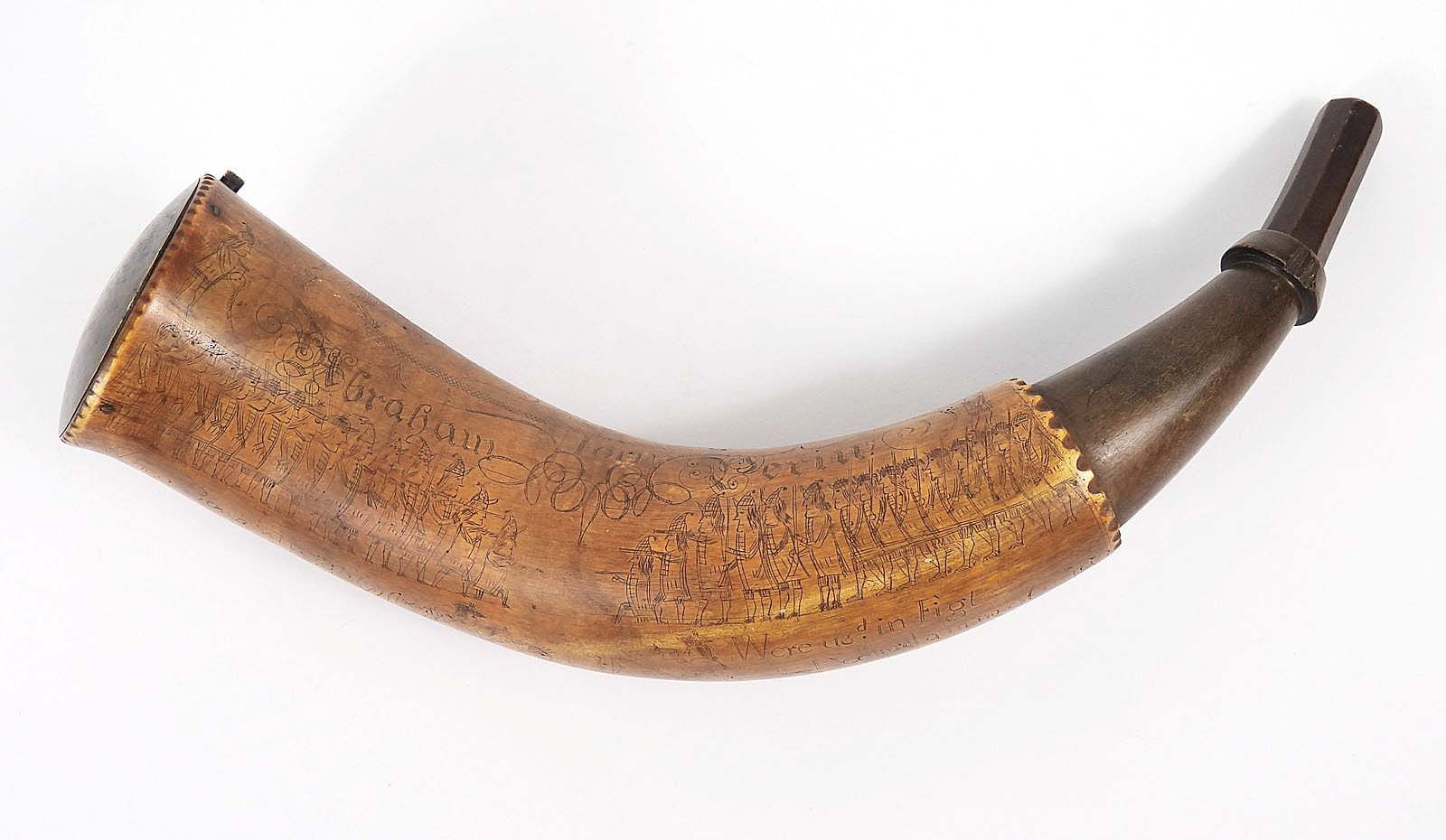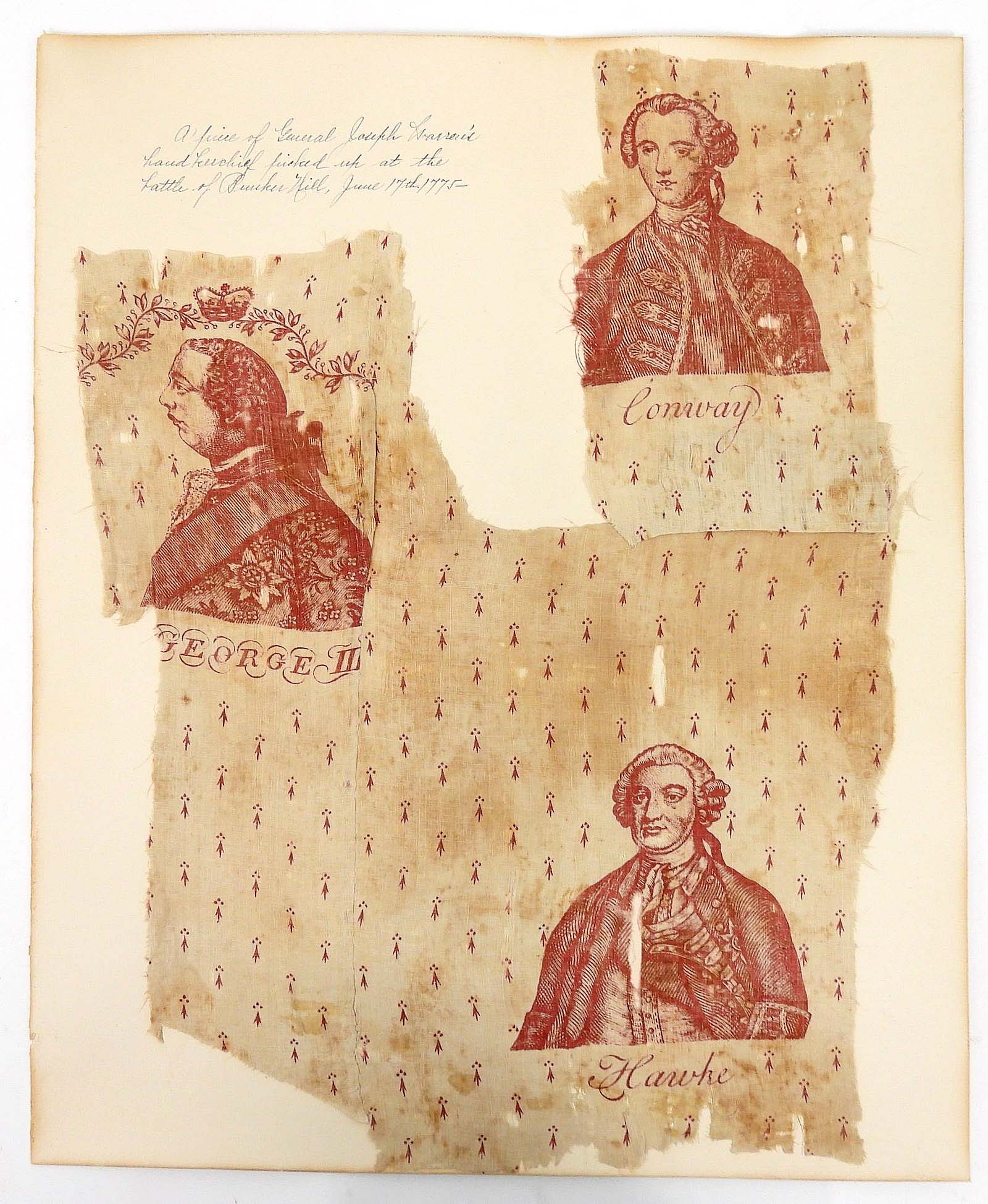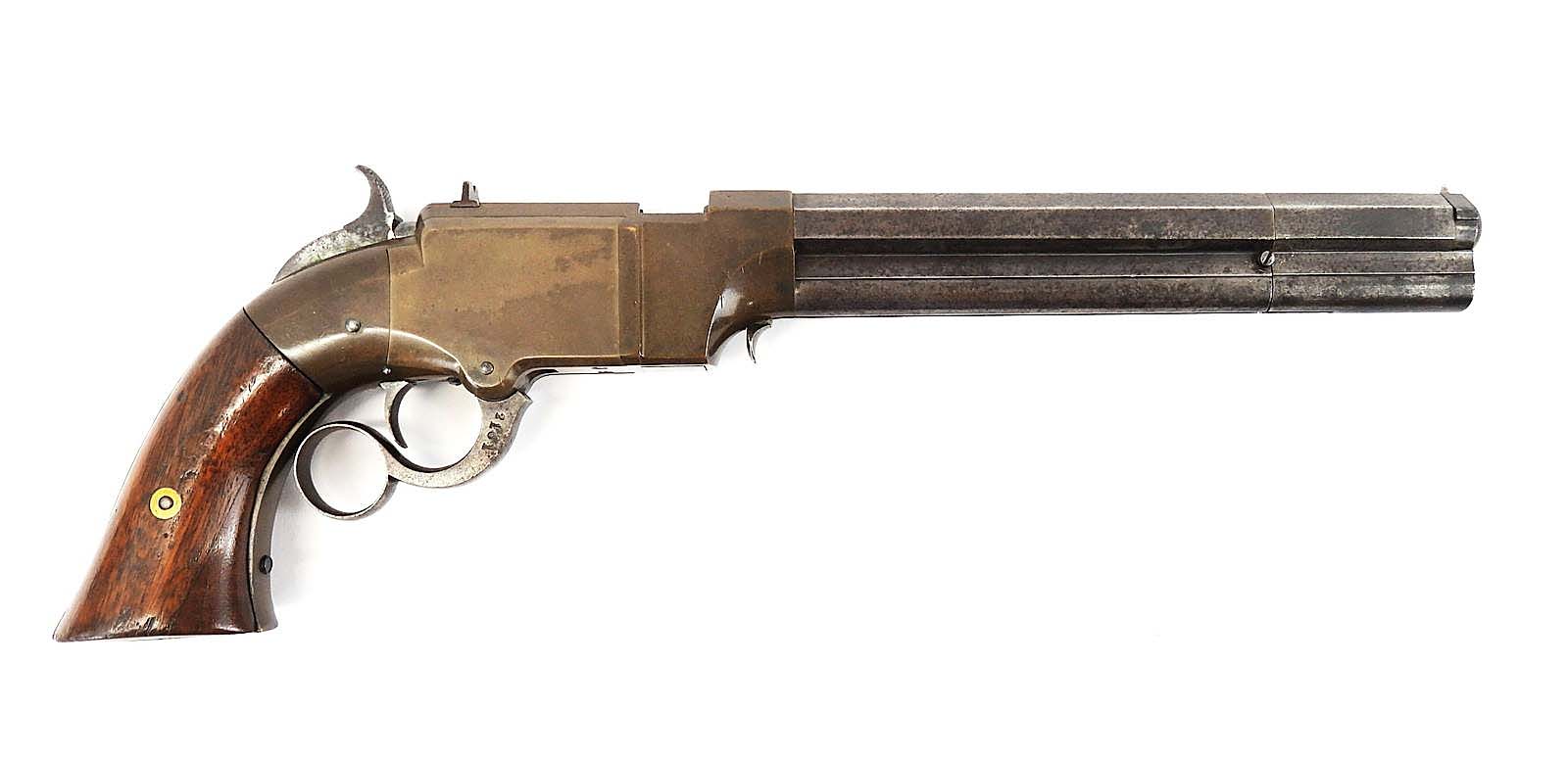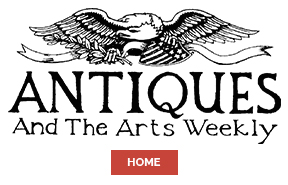
Abraham Perrin’s powder horn, dated “1769,” was intricately carved and inscribed. Measuring 15¾ inches long, it sold for $62,100 and was the highest-earning lot of the auction ($10/15,000).
Review by Carly Timpson
SUTTON, MASS. — In its Historic Arms and Militaria auction on March 16, Blackstone Valley Auctions presented a selection of items from three lifetime collections in New England and the Mid-Atlantic states. The militaria on offer had ties to the Revolutionary War, the Civil War, both World Wars, the Cold War and the Vietnam War. Only 12 of the 306 lots passed, bringing the sell-through rate to 96 percent and the total realized to approximately $292,1000. Keith Downer, founder and auctioneer, said, “It was a nice, healthy sale with some surprises. We had about 45 people in the room, just under 4,000 registered bidders online and heavy activity throughout. A combination of things drew attention: fresh items that were part of a collection beginning to be liquidated and that we’re relatively new, only having been in business about three years. What really helped us in this sale, especially with niche collectors, was taking good photographs so people can study them and doing honest and accurate writeups. As long as you write it up right, the collectors can search their interests and find exactly what they’re looking for.” Downer noted that the bidding pool was located all over the world, with at least 50-60 from Canada and others from England, Japan, Israel, Hungary and South America.
Achieving the sale’s highest price was a powder horn marked “Abraham / Perin’s / Horn” and dated “1769.” The cow horn was intricately detailed with depictions of soldiers and drummers, as well as inspirational text. According to the catalog note, “Abraham Perrin was born in 1752 in Woodstock, Conn. Perrin is listed as serving in Captain Samuel McClellan’s company, Colonel Israel Putnam’s regiment in 1775.” Besting its $10/15,000 estimate, this historic cow horn was taken to $62,100. According to Downer, what made this particular horn stand out among others was its provenance and the fact that the individual who carried it was identified as a member of Captain Samuel McClellan’s company in Colonel Israel Putnam’s regiment in 1775. “It was a rare piece, especially since it had never been sold before and it came from the family.”

Achieving $11,685 was this fragment of General Joseph Warren’s handkerchief, retrieved from the Battle of Bunker Hill on June 17, 1775, and later glued to pasteboard measuring 16-5/8 by 12¼ inches ($10/20,000).
Also relating to the Revolutionary War was a fragmented handkerchief on pasteboard with a note that read, “a piece of General Joseph Warren’s / handkerchief picked up at the / battle of Bunker Hill, June 17th, 1775.” The torn fabric was printed with red images of King George III, Edward Hawke and Francis-Seymour Conway. According to the catalog, a complete example of this Anglo-American cooperation handkerchief was on view in the Museum of the American Revolution’s “Nothing to Sneeze At” exhibition of political handkerchiefs in 2023. Furthermore, the catalog reports of a 1929 article in the Quincy Patriot Ledger, which noted that this handkerchief “belonged to General Joseph Warren and [was] dropped at the Battle of Bunker Hill where he met his death. The handkerchief was picked up directly afterward by Edward Pierce who also participated in that Battle.” Its history will continue after selling for $11,685.
The third-highest priced lot — at $11,378 — originated just 17 years after the Battle of Bunker Hill. It was an important full-sheet Second Act of Congress “respecting the Government of the Territories of The United States North West and South of the River Ohio.” Drafted in October of 1791, the Act was approved by President George Washington in May of 1792 and then hand-signed by Secretary of State Thomas Jefferson.
Civil War items also found success, with the category being led by the uniform of Second Lieutenant George Ellis Andrews. The dark blue coat was complete with brass Maine state seal buttons, Andrews’ blue second lieutenant’s shoulder straps on each shoulder and matching blue trousers with tin buttons. Despite age and use, the uniform was in very good condition and sold for $5,750. A Civil War infantry lieutenant’s frock coat with brass eagle buttons from Massachusetts brought $3,813 ($3/4,000). Though the original wearer of this coat was not known, the catalog noted it was “a nice field grade example frock.”

The Civil War uniform of Lieutenant George Ellis Andrews (1832-1911) sold to a phone buyer for $5,750 ($5/6,000).
Taken from Fort Johnson in Charleston, S.C., circa 1681-85, a six-pound shell, painted and displayed on a wooden sabot, was won for $5,658. The shell had its fuse on the top and was painted with text stating its origin and images of a palmetto tree, the fort with a Confederate flag flying above it and crossed Confederate and South Carolina state flags. With tinned iron straps, the sphere was attached to a wooden base and stood just over 4 inches high.
A Confederate officer’s sword, made by Thomas Griswold & Co., circa 1861, swung to $3,444. The weapon had a steel blade, cast brass hilt decorated with foliate designs and a wire-wrapped wooden grip with some remnants of its original leather. It was marked “T.G. & Co. / N.O.” on the ricasso and was in good condition despite some scattered rusting to the blade.
Salvaged from a Nineteenth Century Virginia state flag was the central state seal. The plain woven cotton fragment was hand painted with the seal, which features the goddess Virtus standing on top of Tyranny and the state motto,“Sic Semper Tyrannis (Thus Always to Tyrants),” all encircled by a flowering dogwood border. A timely collectible, the seal flew past its $200 high estimate to achieve $3,220.
Notable World War II items to crest the top of the sale included a German Luftwaffe M38 paratrooper helmet, which was claimed for $9,200, and a Kriegsmarine Dräger U-Boat escape vest, which floated past its $800 high estimate to realize $2,952. Both items had signs of use but were in good condition given their age.

Won by a phone bidder for $7,475, this Volcanic Repeating Arms .41-caliber lever-action Navy pistol had walnut wood grips and a brass frame ($6/8,000).
The sale featured plenty of historic firearms and it was a Volcanic Repeating Arms .41-caliber lever-action Navy pistol that led the selection. Achieving $7,475, this circa 1856-57 pistol was manufactured in Connecticut, had walnut grips, a brass frame and an octagonal barrel. Another pistol, this one made in Belgium circa the 1850s, was shot down for $4,485; it was a J.J. Herman Brevete percussion pistol and cylinder and had distinctive engraved foliate designs all over the steel frame, trigger guard and back strap.
Several of the arms were considered “unusual,” per cataloging. Realizing $6,325 was a mid Nineteenth Century self-priming .45-caliber prototype rifle. Though Downer and Blackstone Valley did not have a lot of information to go off of for this unmarked gun, they suspected the rifle was “worthy of further study” as “these one of a kind rotating cylinder prototype rifles have gained popularity recently.”
Downer did, however, have more knowledge about an unusual full stock Kentucky takedown rifle that sold to a California collector for $3,075. The circa 1840s-50s weapon was made of highly figured curly maple by J. Pratt. Downer remarked, “It was just really handsome and made with curly maple. It’s in a box, but the barrel unattaches from the receiver/stock. I’ve never seen a full-size curly maple takedown like that, and I joked to the buyer that if he decides he doesn’t want it, I do!”
Blackstone Valley Auctions’s next sale will be conducted on April 13, offering a mix of art, antiques and collectibles.
Prices quoted include the buyer’s premium as reported by the auction house. For information, www.blackstonevalleyauctions.com or 508-434-7223.




















